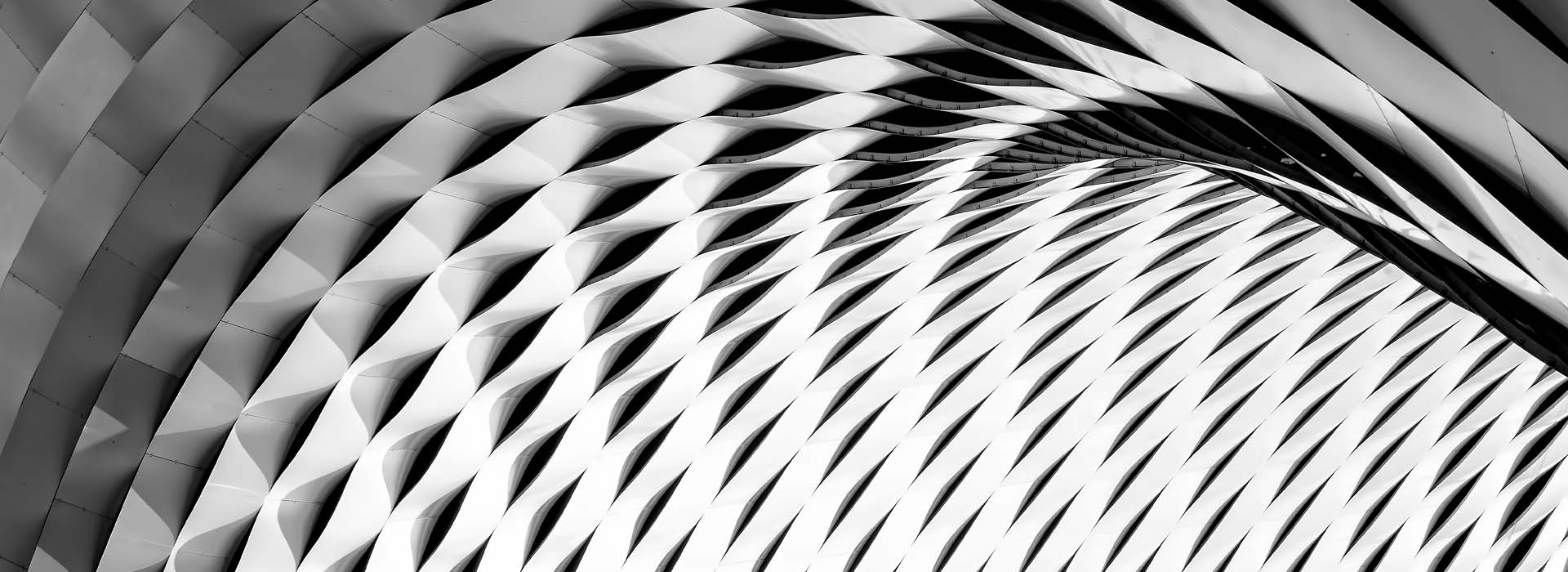Transition-metal dichalcogenides (TMDs) represent a class of materials whose archetypes, such as MoS2 and WS2 , possess exceptional electronic and optical properties and have been massively exploited in optoelectronic applications. The layered structure allows for their exfoliation to two-dimensional samples with atomic thickness (≲ 1 nm), promising for ultrathin, ultralight devices. In this work, by means of state-of-the-art ab initio many-body perturbation theory techniques, we focus on single-layer PdS2 and PtS2 and propose a novel van der Waals heterostructure with outstanding light absorbance, reaching up to 50% in the visible spectrum and yielding a maximum short-circuit current of 7.2 mA/cm2 under solar irradiation. The computed excitonic landscape predicts a partial charge separation between the two layers and the momentum-forbidden lowest-energy state increases the carrier diffusion length. Our results show that the employment of vertical heterostructures with less conventional TMDs, such as PdS 2 /PtS 2 , can greatly boost light absorbance and favor the development of more efficient, atomic-thin photovoltaic devices.
L. Bastonero, G. Cicero, M. Palummo, and M. Re Fiorentin. Boosted Solar Light Absorbance in PdS 2 /PtS 2 Vertical Heterostructures for Ultrathin Photovoltaic Devices. ACS Appl. Mater. Interfaces 2021, 13, 43615−43621
Type of paper:
 Transition-metal dichalcogenides (TMDs) represent a class of materials whose archetypes, such as MoS2 and WS2 , possess exceptional electronic and optical properties and have been massively exploited in optoelectronic applications. The layered structure allows for their exfoliation to two-dimensional samples with atomic thickness (≲ 1 nm), promisin
https://pubs.acs.org/doi/full/10.1021/acsami.1c11245
Transition-metal dichalcogenides (TMDs) represent a class of materials whose archetypes, such as MoS2 and WS2 , possess exceptional electronic and optical properties and have been massively exploited in optoelectronic applications. The layered structure allows for their exfoliation to two-dimensional samples with atomic thickness (≲ 1 nm), promisin
https://pubs.acs.org/doi/full/10.1021/acsami.1c11245
© 2021 The Authors

